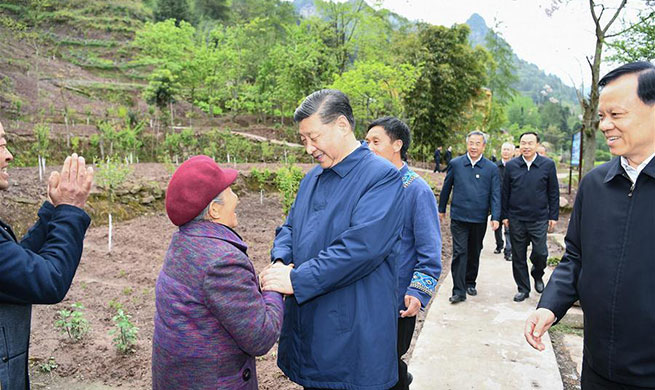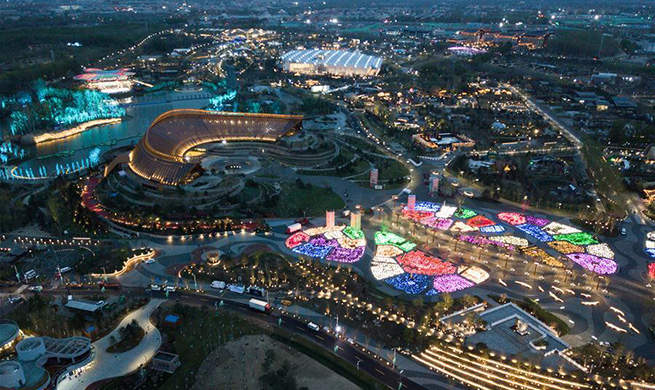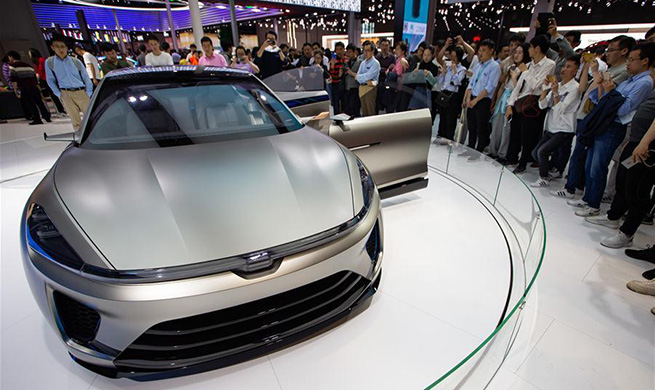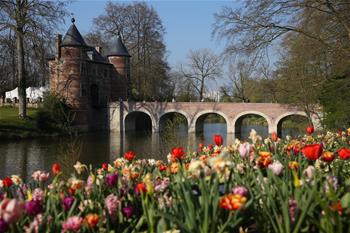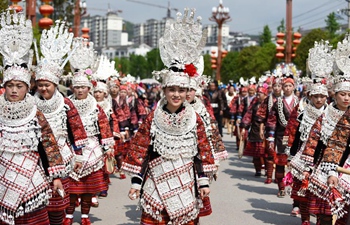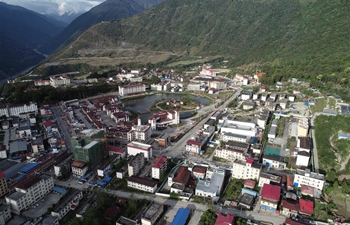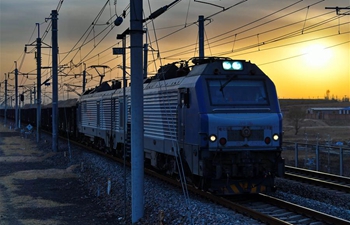MACAO, April 21 (Xinhua) -- China's Macao saw its air quality record in 2018 register more days of "Good" and fewer ones of "Poor" in 2018, while the number of days with acid rain decreased from 2017, the special administrative region's statistic service said on Sunday.
The latest annual environment report released by the Statistics and Census Service (DSEC) showed that the number of "Good" air quality days recorded by each monitoring station in Macao in 2018 was generally higher than that in 2017.
Meanwhile, all monitoring stations, except the ambient monitoring station in Taipa, showed a significant decrease in the number of "Poor" air quality days, indicating an improvement in air quality.
The DSEC report also mentioned that in 2018, there were 39 days with acid rain, 27 days fewer than the figure in 2017.
Total water consumption was 90,944,000 cubic meters in 2018, up by 2.8 percent year-on-year. The wastewater treatment plants in Macao treated an average of 223,360 cubic meters of wastewater per day, up by 5.9 percent year-on-year.
The solid waste incineration plant treated a total of 522,548 tons of municipal waste, a year-on-year increase of 2.3 percent. The volume of construction waste sent to landfill decreased by 31.5 percent to 2,010,000 cubic meters.
The environment report said the annual mean air temperature in Macao edged down by 0.2-degree centigrade year-on-year to 22.8 degrees in 2018. The highest temperature of the year was 35.8 degrees in May, down by 2.2 degrees year-on-year.
Meanwhile, the lowest temperature was recorded in February at 4.6 degrees, down by 2.5 degrees year-on-year. Total precipitation was 1,795.6 millimeters, a slight increase of 12.4 millimeters year-on-year.
There were seven tropical cyclones in 2018. Typhoon signal No.10 was hoisted when Typhoon Mangkhut hit Macao, which was in effect for a record high of nine hours. A maximum gust of 188.6 km per hour, a maximum 10-minute average wind speed of 137.2 km per hour and the maximum tide level of 5.2 meters were recorded during that period.
Due to the inclusion of the land reclamation and Macao boundary crossing area of the Hong Kong-Zhuhai-Macao Bridge, the land area of Macao increased to 32.9 square km in 2018. The population density went down from 21,100 persons per square km in 2017 to 20,000 persons per square km in 2018.










